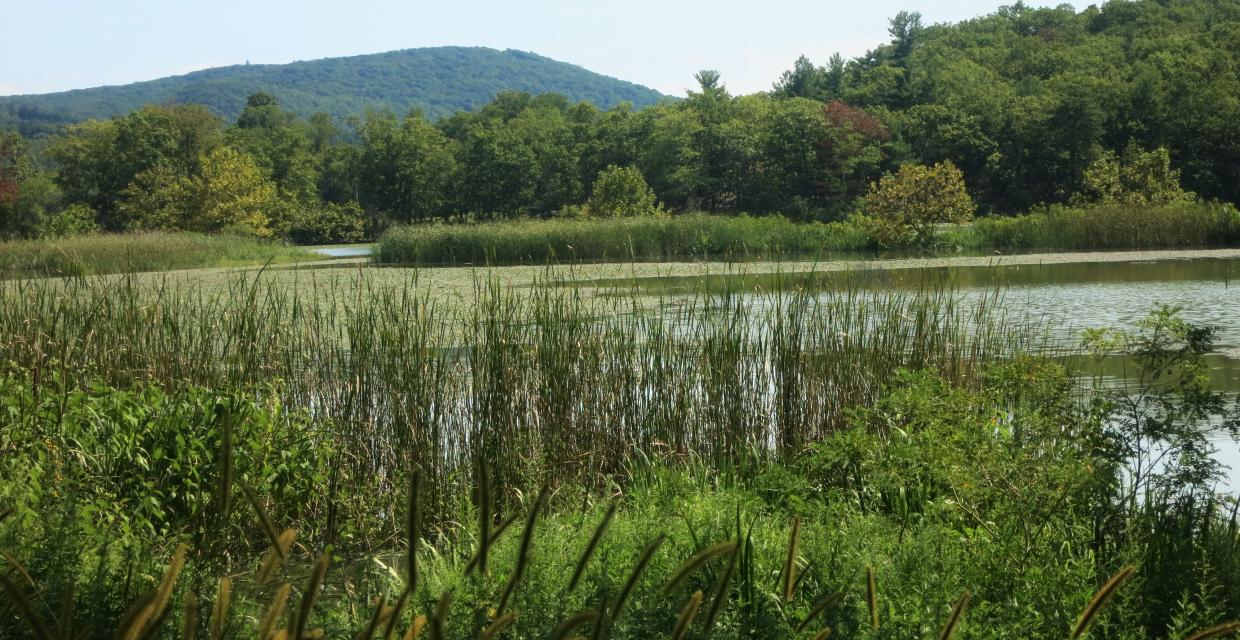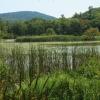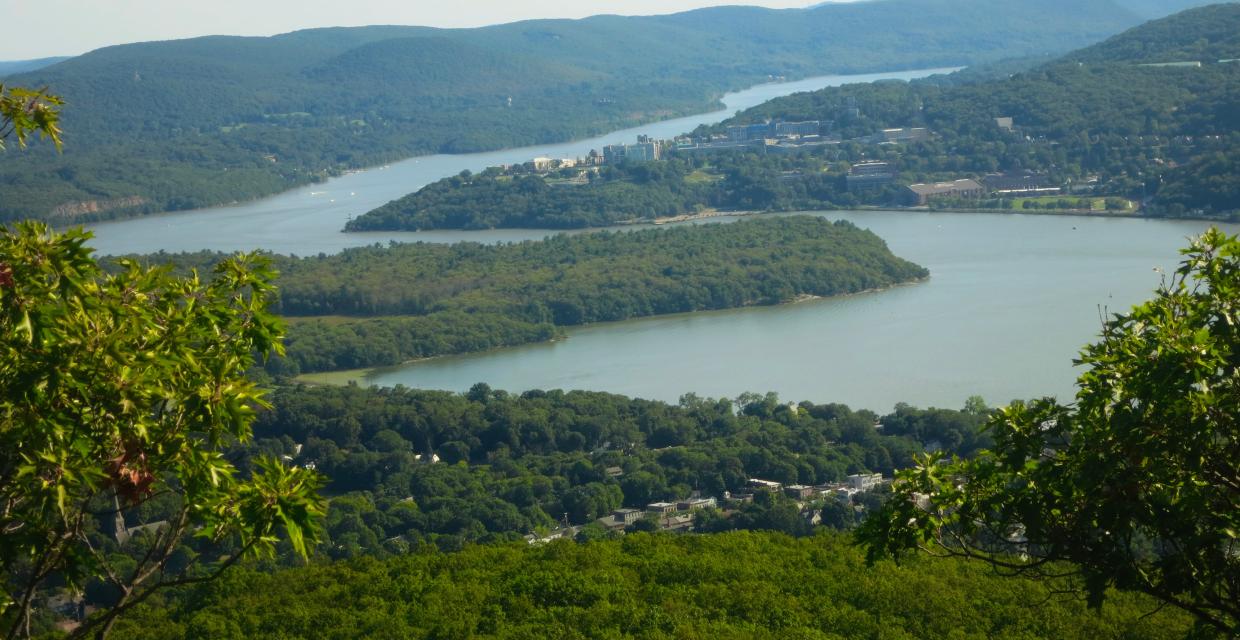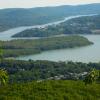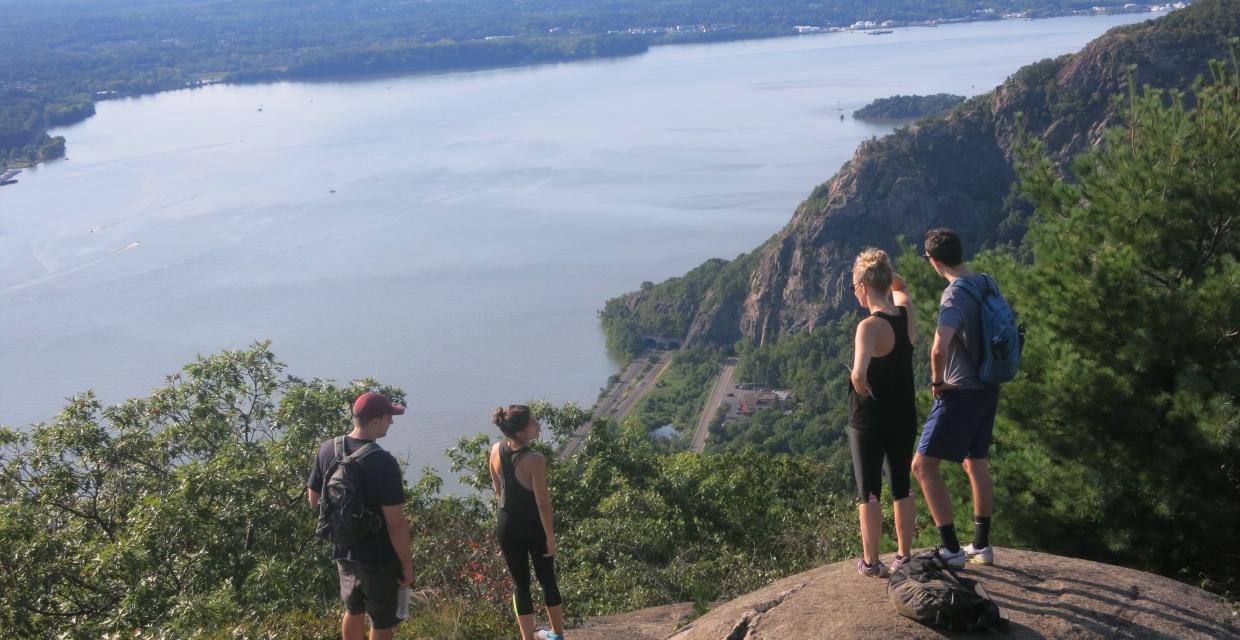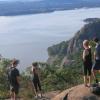If you parked in the station parking lot, cross the tracks on the pedestrian footbridge. (If you took the train from Grand Central, you will have arrived on the northbound platform, and there is no need to cross the tracks.)
From the south end of the northbound platform, follow a wide path that heads south and then east, entering the Foundry Cove Historic Site. This path follows the...

